A groundbreaking study published in Australian Mammalogy has demonstrated the successful use of thermal drones to detect Bennett’s tree kangaroos (Dendrolagus bennettianus), reportedly marking a significant advance in the study of one of Australia‘s most mysterious marsupials.
A Critically Important Species
Bennett’s tree kangaroos, currently classified as “near threatened” by the IUCN, face multiple challenges to their survival. Their slow reproductive cycle makes population recovery particularly challenging, while their dependence on specific rainforest habitats leaves them vulnerable to both deforestation and climate change impacts, including the increasing frequency of severe weather events like cyclones.
Overcoming Traditional Research Challenges
Traditional survey methods for Bennett’s tree kangaroos have been severely limited. These marsupials inhabit Australia’s most rugged and densely vegetated rainforests north of the Daintree River in Far North Queensland, rarely descending from their vine-covered treetop roosts, which can reach heights of up to 40 meters. Ground-based methods like spotlighting or handheld thermal cameras are restricted to what researchers can observe from below, making population studies extremely challenging.
Breakthrough in Detection Technology
The study, conducted at the Daintree Rainforest Observatory in Cape Tribulation, utilized thermal drones equipped with infrared cameras to detect heat signatures from the air. These warm-blooded animals stand out against the cooler rainforest background, even when partially hidden by foliage, allowing researchers to scan large areas from above and see past the dense vegetation.
Advantages of Drone Technology
The Thermal Drone approach has transformed Wildlife research by enabling non-invasive observation that doesn’t disturb the animals or their habitat. This method enhances researcher safety by allowing data collection from a safe distance, while proving more cost-effective than traditional methods like helicopter surveys. Perhaps most importantly, the technology can detect animals even when they’re partially concealed by foliage, a common challenge in dense rainforest environments.
Unprecedented Results
During three drone flights conducted in morning and evening sessions, researchers detected six Bennett’s tree kangaroos in under an hour of flight time – an unprecedented result. The observations included a solitary animal, a pair, and a group of three, all consistent with known home range sizes for the species. This success is particularly noteworthy when compared to traditional ground surveys, which often require several nights of effort to spot a single animal.
New Insights into Behavior and Diet
The Drone Technology not only improved detection rates but also allowed researchers to observe the animals’ behavior without disturbing them. Using the drone’s color zoom camera, researchers identified specific dietary preferences, including mile-a-minute vine (Decalobanthus peltatus) and fire vine (Tetracera daemeliana).
Future Research Needs
While initial findings suggest Bennett’s tree kangaroos are thriving in Cape Tribulation’s lowland rainforest, researchers emphasize the need for further systematic surveys across different forest types and elevations. These additional studies would help assess population density variations and contribute to more effective conservation strategies for this remarkable species.
The innovative use of thermal drone technology marks a significant step forward in wildlife conservation, offering new possibilities for monitoring and protecting one of Australia’s most elusive marsupial species. As research continues, this approach could prove invaluable for developing more effective conservation strategies in challenging rainforest environments.
Discover more from DroneXL.co
Subscribe to get the latest posts sent to your email.


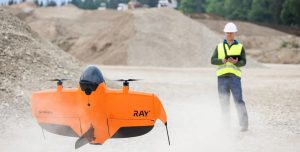
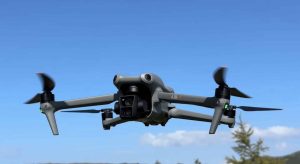
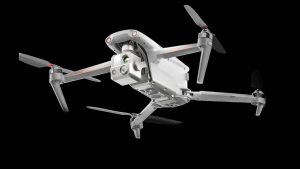


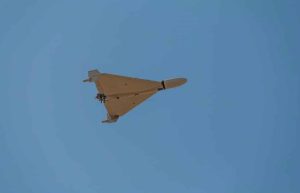
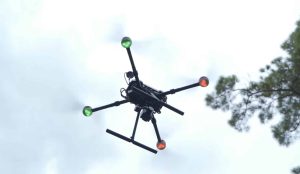
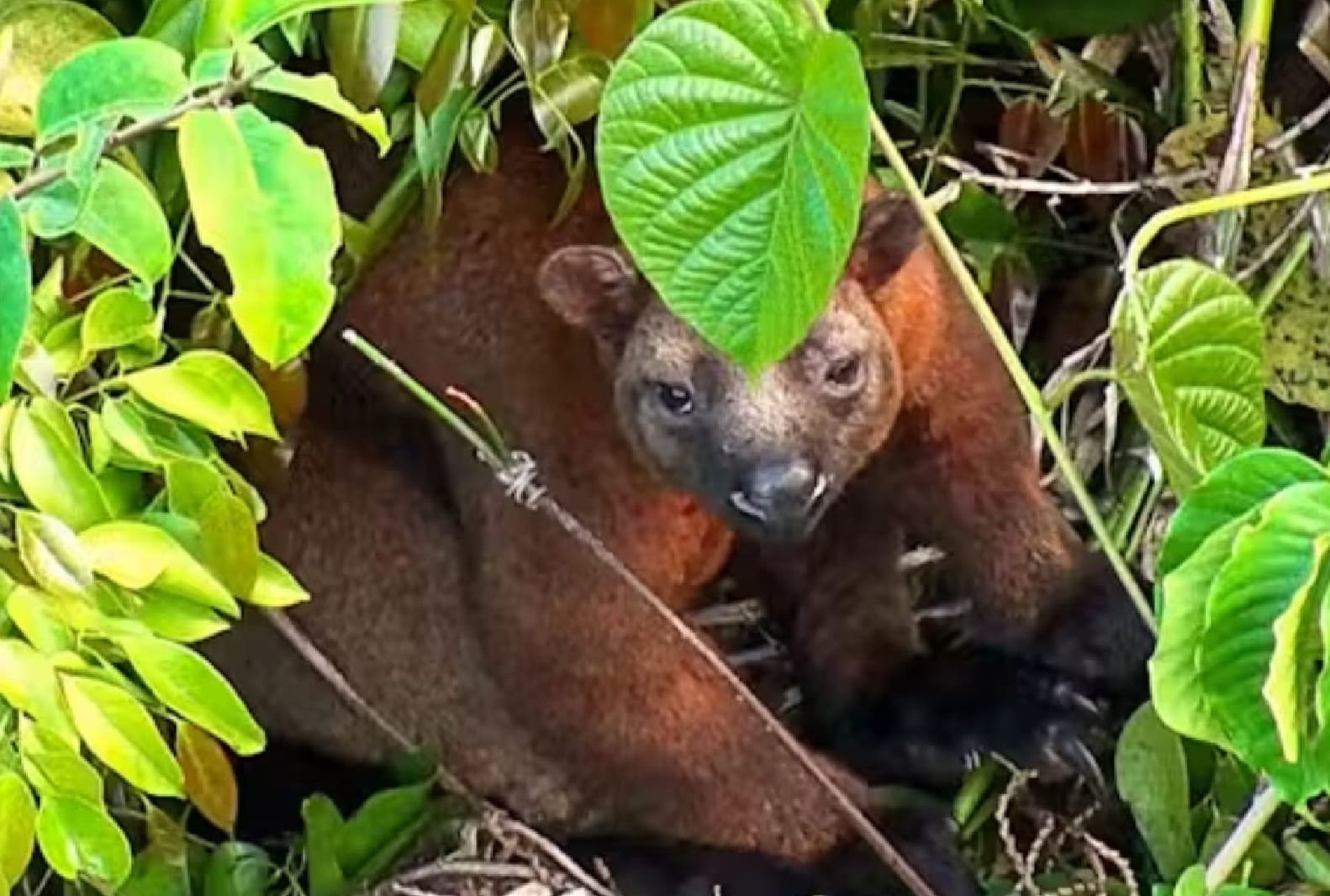


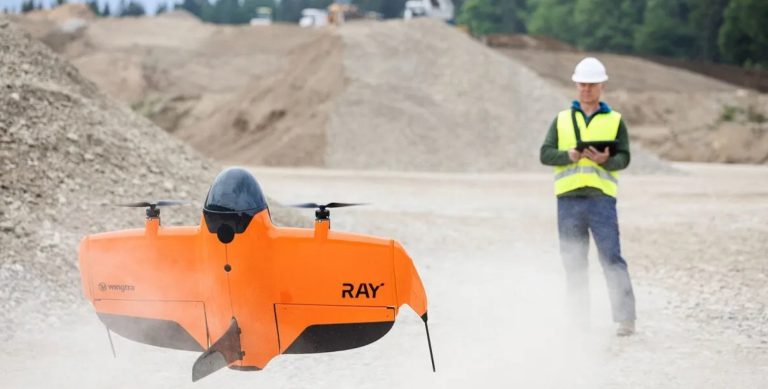

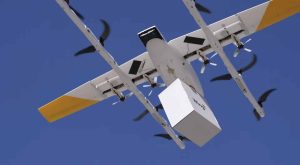
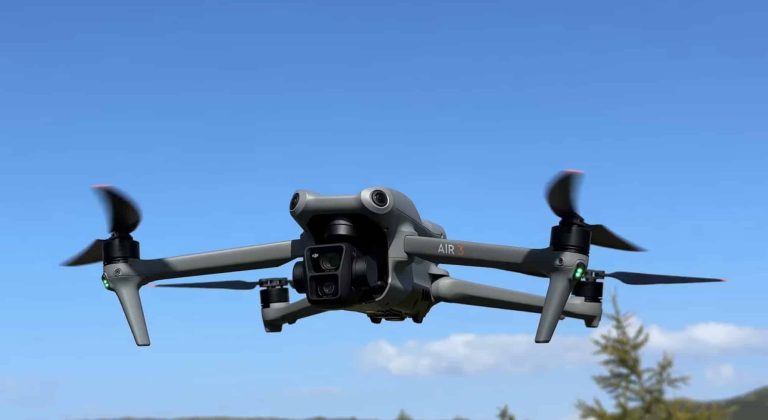
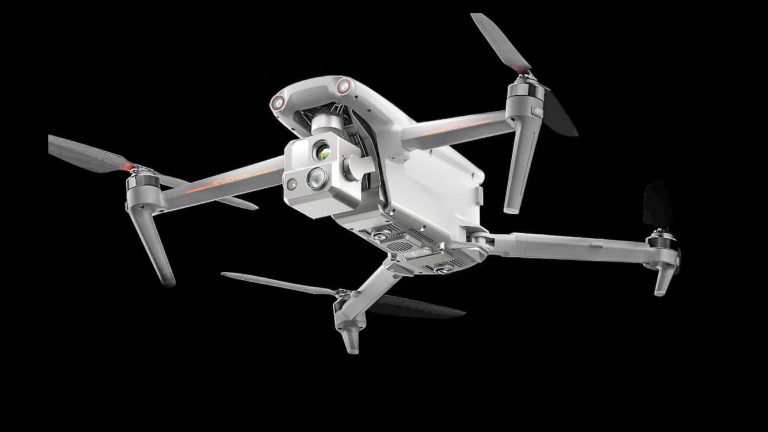


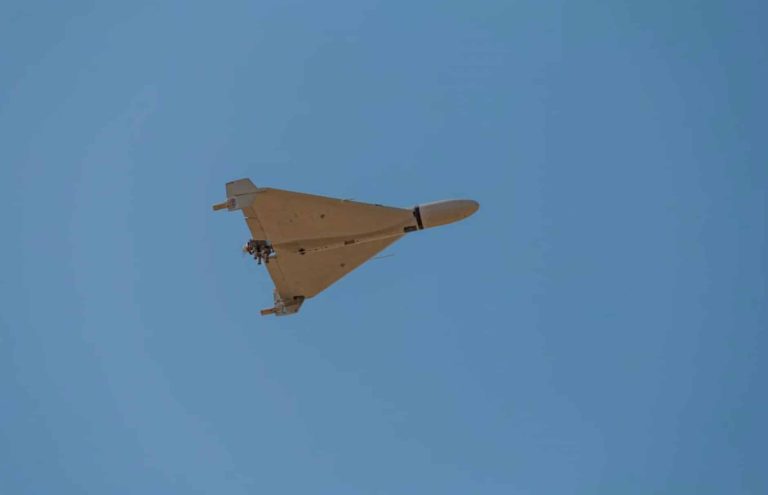
+ There are no comments
Add yours